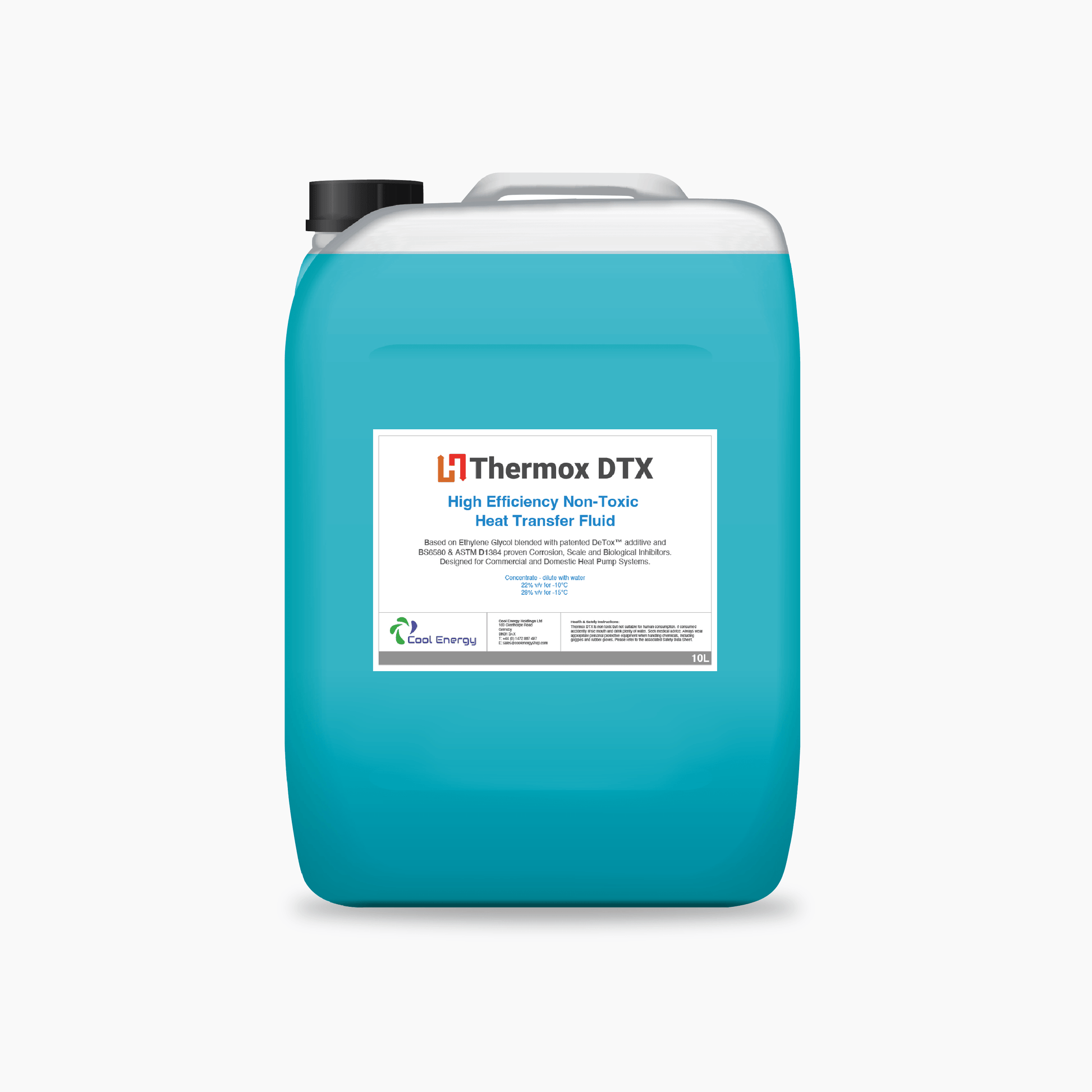The Role of Warm Transfer Liquid in Enhancing System Performance and Security
In the ever-evolving landscape of commercial processes, warm transfer liquids (HTFs) emerge as critical parts in optimizing both system performance and safety and security. These specialized fluids, known for their premium thermal conductivity and regulated thickness, allow reliable heat exchange, which is vital for streamlined operations. The influence of HTFs expands past mere effectiveness; their integral thermal security and low flammability substantially add to take the chance of reduction. As industries come to grips with the requirement for high-performance and secure operations, comprehending the nuanced duty of HTFs comes to be essential. What precisely makes HTFs so crucial in today's industrial frameworks?
Recognizing Warm Transfer Fluids
Warmth transfer fluids, frequently taken into consideration the lifeblood of thermal administration systems, play a pivotal function in regulating temperature level throughout various commercial applications - heat transfer fluid. Industries such as chemical processing, power generation, and production rely on warmth transfer fluids to make sure tools runs successfully and safely.
The choice of an ideal warm transfer liquid is crucial to the success of a thermal monitoring system. Understanding the nature and feature of these liquids includes identifying their ability to absorb, transportation, and launch warm power effectively. Warmth transfer liquids can be broadly categorized into various kinds, consisting of water-based, glycol-based, and synthetic oils, each with its certain applications and advantages. The option of fluid depends on aspects such as temperature range, thermal stability, and compatibility with system materials. In summary, a detailed understanding of warmth transfer liquids is essential for maximizing system efficiency, ensuring operational safety, and accomplishing affordable thermal administration services.
Trick Feature of HTFs

The certain heat ability of an HTF delineates the quantity of heat needed to transform its temperature, influencing exactly how successfully the system can respond to temperature level variations. The boiling and freezing points of HTFs likewise play a pivotal duty, especially in systems subjected to extreme temperature levels, ensuring fluid security and avoiding stage changes throughout operation. Furthermore, the chemical security of HTFs under varying thermal problems is important to avoid deterioration and expand fluid life. Compatibility with system products is necessary to prevent corrosion and material degradation, guaranteeing long-lasting functional reliability. These buildings collectively notify the choice of an ideal HTF for details commercial applications.
Enhancing System Performance
To improve system performance with warmth transfer fluids (HTFs), it is essential to incorporate an extensive approach that takes into consideration both fluid residential or commercial properties and system layout. The selection of an ideal HTF is critical, as its thermal conductivity, thickness, and particular warmth capability see post straight affect the effectiveness of my latest blog post heat exchange.
Similarly important is the style of the warmth transfer system itself. Engineers have to guarantee that parts such as heat exchangers, pumps, and piping are created to enhance the homes of the picked HTF. The surface location and material of warm exchangers need to be optimized to optimize heat transfer effectiveness. heat transfer fluid. Furthermore, the combination of innovative technologies, such as variable speed pumps and wise surveillance systems, can considerably boost the responsiveness and adaptability of the system to altering functional problems.
Boosting Operational Safety And Security
Making certain functional safety and security in warmth transfer systems calls for a meticulous concentrate on both the residential properties of heat transfer fluids (HTFs) and the design and maintenance of the entire system. HTFs should possess thermal stability, low flammability, and proper thickness to reduce dangers such as leaks, fires, and system malfunctions. Choosing the best HTF is important as it identifies the system's ability to handle temperature fluctuations without jeopardizing safety and security.
The layout of the system must integrate redundancies and fail-safes to handle potential hazards successfully. This consists of the assimilation of security valves, pressure alleviation gadgets, and temperature level tracking systems to spot and address abnormalities immediately. Routine maintenance is essential to ensure that all parts, consisting of pumps, pipes, and seals, are functioning properly and are without wear or corrosion, which might result in unsafe leaks or failings.
Moreover, personnel in charge of the procedure and maintenance of heat transfer systems need to be appropriately learnt safety methods and emergency response treatments. Consistent training programs and safety and security drills can substantially decrease the chance of mishaps, ensuring a much safer working setting. Eventually, a comprehensive strategy to security-- incorporating fluid option, system style, and labor force training-- is important for ideal functional safety.
Industry Applications of HTFs
Extensively used across various industries, heat transfer liquids (HTFs) play an essential function in enhancing the efficiency and dependability of thermal administration systems. In the chemical sector, HTFs are integral for maintaining accurate temperatures during responses, making certain go to my site item uniformity and top quality. They facilitate heat exchange processes in reactors, condensers, and heat exchangers, thus enhancing energy use and lessening waste.
In the oil and gas market, HTFs are used in both upstream and downstream procedures. They manage temperature in boring operations and improve efficiency in refining processes by offering stable thermal conditions. This results in reduced downtime and enhanced safety and security, specifically in essential procedures such as purification and splitting.
The renewable resource industry also profits dramatically from HTFs, specifically in focused solar power (CSP) plants. Here, HTFs move recorded solar power to power turbines, enabling reliable power generation. The pharmaceutical market relies upon HTFs for precise temperature level control in both synthesis and storage space, guaranteeing item efficiency and security.


In addition, the food and beverage sector makes use of HTFs for pasteurization, sterilization, and food preparation processes, enhancing both item safety and manufacturing efficiency. Throughout these industries, HTFs act as important components in preserving optimal functional performance and security.
Conclusion
Warm transfer liquids are essential in enhancing commercial system efficiency and safety by providing high thermal conductivity, ideal thickness, and thermal security. Correct selection and maintenance of HTFs improve warm exchange performance, therefore boosting operational efficiency.